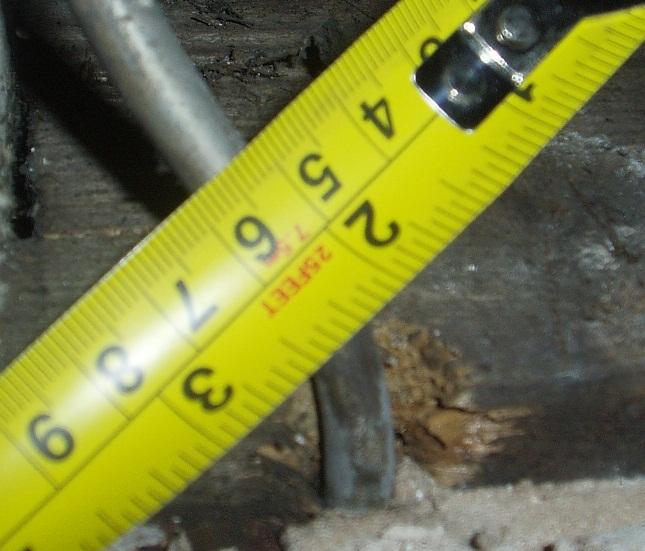Hi all,
I've just pulled down an existing ceiling in order to replace it, and came accross an unusual pipe which I can't identify.
The pipe in question is of a narrow gauge (about 10mm diameter) and made of a dull silver metal - possibly aluminium? The pipe emerges from the top of the plaster on the front wall of the house, and is clipped along a joist until it appears to dissapear into the chimney breast, where it passes through the ceiling void.
The house was built around 1904, has anyone got any idea what it may be for? The only idea I came up with was that it might be the supply line for a wall mounted gas lamp, but this was just a complete guess!
I've just pulled down an existing ceiling in order to replace it, and came accross an unusual pipe which I can't identify.
The pipe in question is of a narrow gauge (about 10mm diameter) and made of a dull silver metal - possibly aluminium? The pipe emerges from the top of the plaster on the front wall of the house, and is clipped along a joist until it appears to dissapear into the chimney breast, where it passes through the ceiling void.
The house was built around 1904, has anyone got any idea what it may be for? The only idea I came up with was that it might be the supply line for a wall mounted gas lamp, but this was just a complete guess!



